The Best Guide to Programming for 12-Year-Olds: Getting Started Made Easy
Programming for 12 Year Olds with Coding Basics and the Best Way to Learn Coding
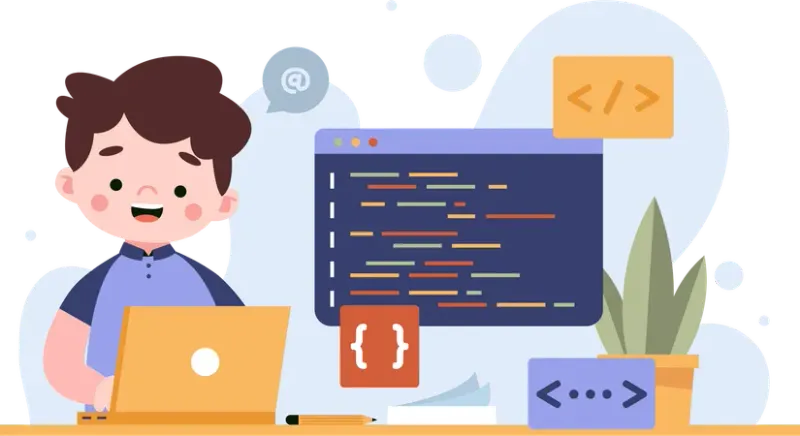
In the modern world where the utilization of technology is closing almost every opening, it is not a bad idea to teach programming for 12 year olds and introduce them to coding basics. But how do you begin? Programming may seem overwhelming, especially to parents and kids. However, the beauty of it is that it’s not as complicated as people take it to be to get into it. Finding the best way to learn coding can make the process smoother and more enjoyable for everyone involved.
Twelve-year-old coders like Samaira Mehta, Tanmay Bakshi, and Emma Yang have shown extraordinary talent. Samaira is 10 and lives in California, who developed a coding board game called CoderBunnyz that is being used in schools to teach programming. Born in the province of Manitoba, Canada — Tanmay is a IBM Watson programmer that focuses on AI. Then came Timeless, an app built by New York's Emma Yang to restore facial recognition in Alzheimer's patients. These cases prove that early exposure to coding can turn young minds into real-world problem solvers.
In what follows, we will outline the optimal strategies with related techniques and recommendations on how to teach programming and engage 12-year-olds in the activity. Starting with the selection of the first language, and with language selection to the choice of the first projects to inspire your child – we’ll provide all practical tips for the first steps in computer coding for a kid. From understanding coding basics to guiding a child who has had a little go before, this article will make that journey easy and fun. Using the best way to learn coding, your child will have a great base whenever they want to start coding again.
Understanding Coding Basics and Why Programming Matters in Today’s Technology

More than ever, Programming and technology are critical facets of society as we know it because we cannot convey information verbally or complete work with the assistance of digital services and applications. But what does coding mean, and why is it such a big deal?
Learning Coding Basics as the Best Way to Understand Computer Coding?
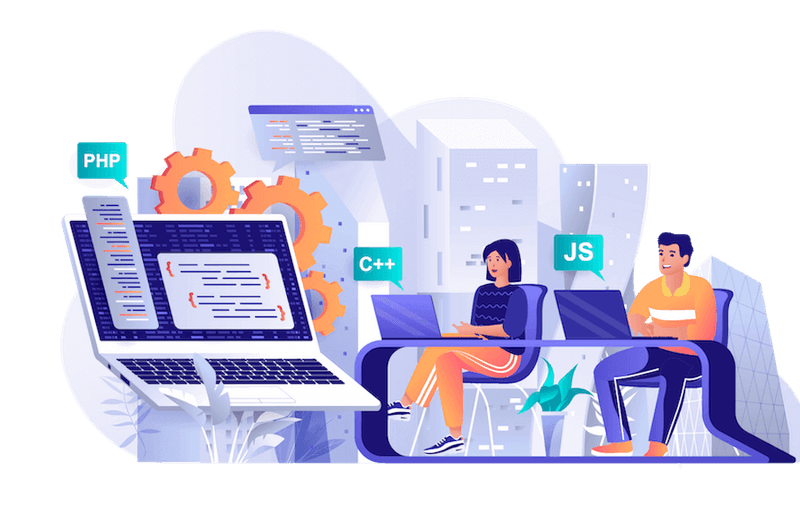
Coding is the act of entering instructions that can be easily understood by the computer. It is an excellent way to introduce programming for 12-year-olds. The commands entered by humans are translated into those understood and obeyed by machines. These are called programs, usually written in a programming language like Python, Java, or JavaScript. Learning coding basics is the best way to learn coding and grasp the fundamentals of computer coding effectively.
Today, coding is not a special realm; rather, it has become another elementary function that flows across almost every known sector.
Coding is the foundation of software development and deployment, web designing, and even mobile applications in technology.
In healthcare, it is popular as a tool for creating medical software and databases, and for organizing personal and population health information in emerging areas as genomics and precision medicine.
In finance, it is used to write the code for trading mechanisms, processes for identifying frauds, and financial modeling.
Benefits of Coding for 12-Year-Olds
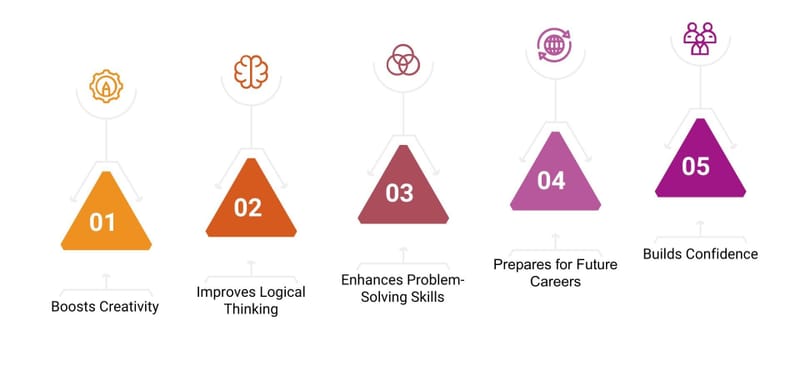
Coding has many advantages for anyone despite the fact that it concerns writing of software only.
The first and possibly the biggest benefit is due to the advancement in problem-solving and even logical reasoning.
Coding involves simple ways of working on complicated problems that are divided into workable parts; hence teaching kids how to work step by step. This particular skill proves useful not only in coding but in any field of work and activities, including studies.
Coding increases logical thinking and creativity. Again, when children learn how to code, they are challenged to innovate, create, and even err.
Lastly, critical thinking and analytical skills are other advantages of learning how to code. Coding entails making codes or algorithms, identifying errors in code finding ways of correcting them, and improving on the method all these entail skills of keen scrutiny.
In the current world of information abundance, imparting skills that assist children in decision-making and problem-solving is crucial.
What Are Career Opportunities And Future Prospects In Computer Coding?
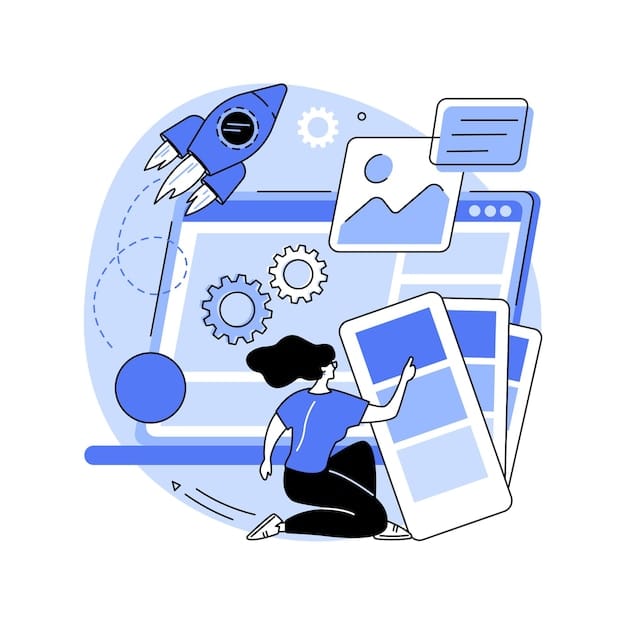
Coding offers a wide range of opportunities for a career in tech and promising future prospects, making it one of the most dynamic and in-demand sectors today. Computer coding is essential in a world where digital transformation reshapes industries. Many jobs now require or prefer candidates with coding experience, and the best way to learn coding can open doors to roles in finance, healthcare, marketing, and the arts, beyond traditional tech positions.
Even a basic understanding of computer coding can be a valuable asset, regardless of a child's career path. As said earlier, coding teaches problem-solving, logical thinking, and attention to detail—highly valued in any profession. For instance, a marketer with coding knowledge can automate campaigns, a biologist can analyse large datasets, and a journalist can create interactive content. Engaging in coding activities from a young age also helps build a strong academic foundation, making subjects like math and science more approachable.
Why Kids Should Learn How to Code
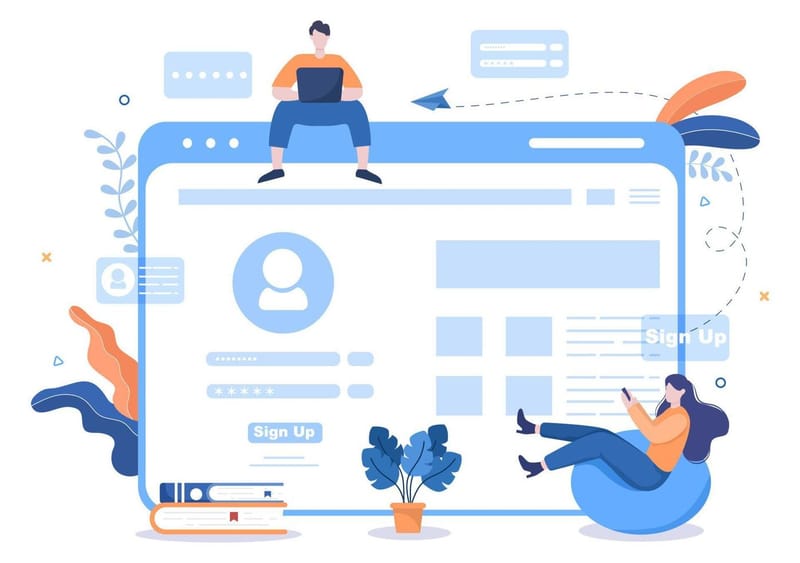
As we can see, computer coding skills are crucial in the future. Learning coding strengthens problem-solving skills, quick and creative thinking, and sustainably valuable logical thought in the working world. The best way to learn coding is to start early, as the more technology becomes part of the ordinary, the better it is to understand its underlying principles. Those principles can be applied to solve problems in whichever niche the child may choose, technical or otherwise.
Developing critical thinking and creativity skills
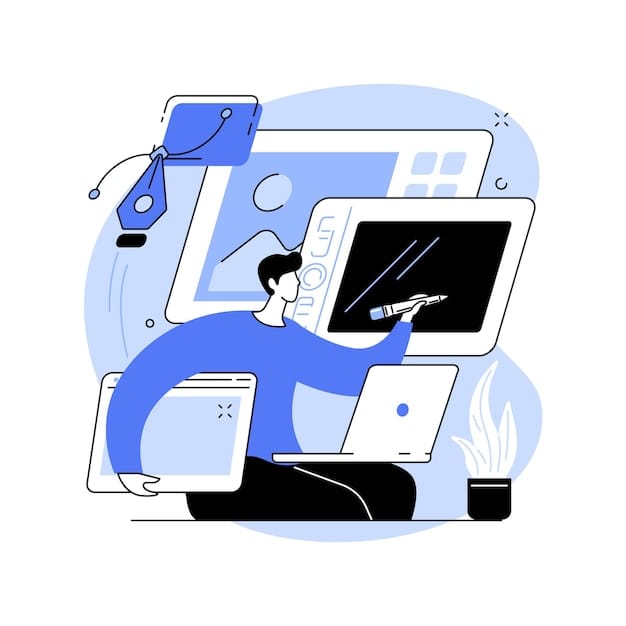
Coding for kids encourages logic, reasoning, and critical thinking. Students who know how to code typically score higher on cognitive ability tests than those with little programming experience. Coding follows a similar approach to problem-solving, and kids who code have an advantage in developing this skill.
Among the several advantages that children derive from coding, the most important one is the stimulation of their critical thinking and creativity. First, coding promotes logical reasoning, and critical thinking since it presents problems in a step-by-step manner. It also corresponds to the problem-solving procedures applied in different branches of learning.
Building confidence and resilience through coding challenges
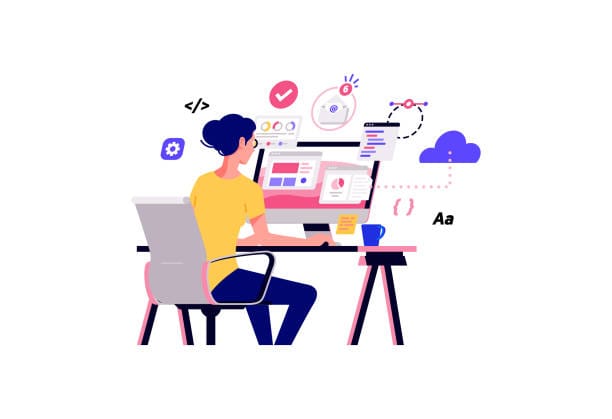
Coding challenges help kids build confidence and persistence, essential for computer coding. Writing, compilation, error fixing, and program modification are time-consuming and require determination. To master the best way to learn coding, children must approach error-solving problems, which entail understanding what went wrong and how to fix it, often through guesswork. This way, they realise that making mistakes is normal and that they should persevere. By overcoming these challenges, children are better prepared to face problems head-on and remain determined even under difficult conditions.
The second stage concerns increased children’s recognition of coding, as well as the development of confidence regarding decision-making. Debugging and making changes to the code also enables them to believe in their instincts and be confident in the decisions they make. It is not only in programming but in other aspects of their lives as well, where they can tackle problems and engage themselves with more challenges with a positive disposition.
Preparing for a future in technology and innovation
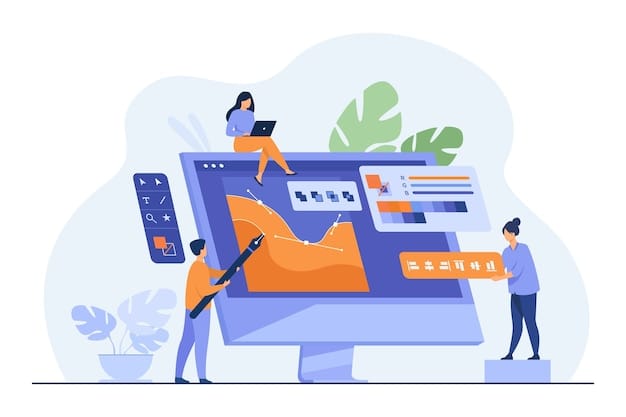
Those kids who have coding classes or are adept at coding have a real edge over the others in today’s technology-driven society. Early coding experience might prepare the children for the rest of their lives because the coding skills acquired during childhood are core to the future society. Due to the ever-growing technological advances, there will always be a high market demand for competent programmers and developers.
Learning information technology at an early age not only opens up doors for children to have various professions in technology but also develops problem-solving and critical thinking which are essential skills in various fields. Thus, by obtaining these skills at such an age, children prepare themselves for a successful and innovative tomorrow.
Why is it essential to choose the Right Programming Language
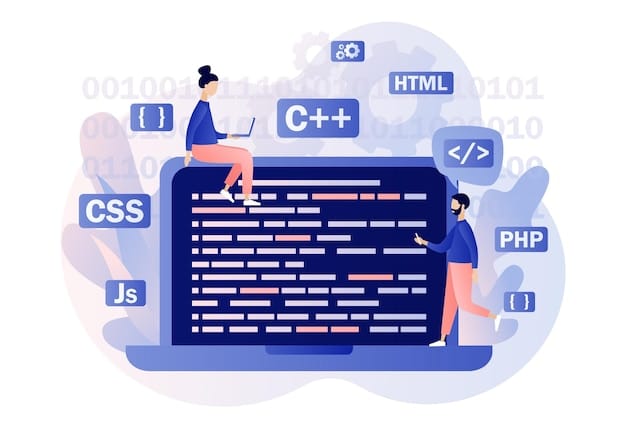
Beginners must choose the correct programming language to start smoothly and engage in an enjoyable learning process. Proper language can help explain complex concepts simply, making computer coding more approachable and creating a friendly and encouraging atmosphere for novice programmers. Finding the best way to learn coding ensures a solid foundation and boosts confidence in exploring programming further.
Various factors must also be considered while selecting a language, including the kid's age, hobby, and preferred way of acquiring new skills. Picking the best one will help them lay a firm ground in programming, thus equipping them with advanced methods later on in life.
Introduction to kid-friendly programming languages

The programming languages designed for kids aim to teach them how to code easily and light-heartedly at their own pace. An example of such is Scratch which enables children to make fun things such as animations, games, music, and art by snapping together code blocks using a visual block interface. The complicated programming concepts become easier to understand enabling a novice coder to have a head start in the wide world of coding.
Another example is Python, which is an excellent choice for children due to its easy-to-see syntax and plenty of possibilities in real-life situations. It starts off with a gentle introduction to programming before going deeper when it comes to more complicated tasks than usual.
Tips for selecting the best language and platform for beginners

In selecting the real programming languages and platform for a child who is just starting out, it is important to consider his/her age and skill level for the content to be appropriate and captivating. For instance, the platforms that allow active coding in an interactive way are best so that the child remains excited and motivated all through.
With real-life applications incorporated in it, the language chosen ought to have references from different fields of study which would serve as a springboard for more opportunities later on for the little one through this course of action. Thus, it will constitute a worthwhile hands-on learning experience about programming.
Building Coding Skills
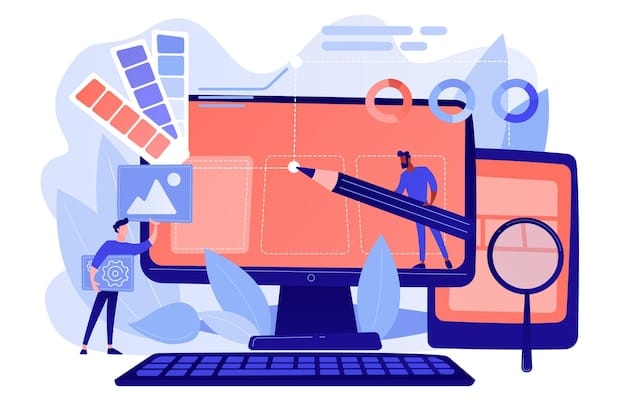
Acquiring the ability to program begins with the basic notions and then steadily advances to more complicated issues. For someone fresh in programming, start using user-friendly platforms that stimulate curiosity and, later on, engage oneself in endeavours that involve reasoning and problem-solving.
One becomes skilled through regular exercise, trial and error, and troubleshooting. It is advisable to explore other programming languages or software tools that appeal most to one while remaining open-minded about everything else related to coding competency.
Understanding basic programming concepts

Any beginner should know what variables and looping mean when coding a program. These elements enable you to input and retrieve data and manage the production of routines with relative independence from the overall organisational structure of the programs in which they are placed. Conquering all these coding basics ushers one to further complex coding skills.
✅ Variables:
Store and manipulate data.
Function as value holders (for instance you can store numbers, text, and many others).
It is variable in nature and can thus be changed or employed in a different form/aspect at any time during a program.
✅ Loops:
Gather a block of code and give it a set of instructions to follow, several times in a row.
There are such kinds as FOR - directed to a definite quantity of iterations, and WHILE - where iteration continues until a definite condition is met.
✅ Conditional Statements:
Perform conditions that will lead to the execution of different codes for instance what is known as an “if” statement.
Permit choices inside a program to be made.
✅ Functions:
Self-contained pieces of code that can be run with great generality and are designed to do specific jobs.
it can feature input (parameters) and produce outputs (results).
✅ Arrays:
Groups of items may be a set, list, or even an array where the items in the list may possibly be of the same kind.
Support smooth storage and utilization of data in a single data structure.
Knowledge of these concepts is necessary for program construction and the regulation of its flow.
Creating a simple program or game to get started
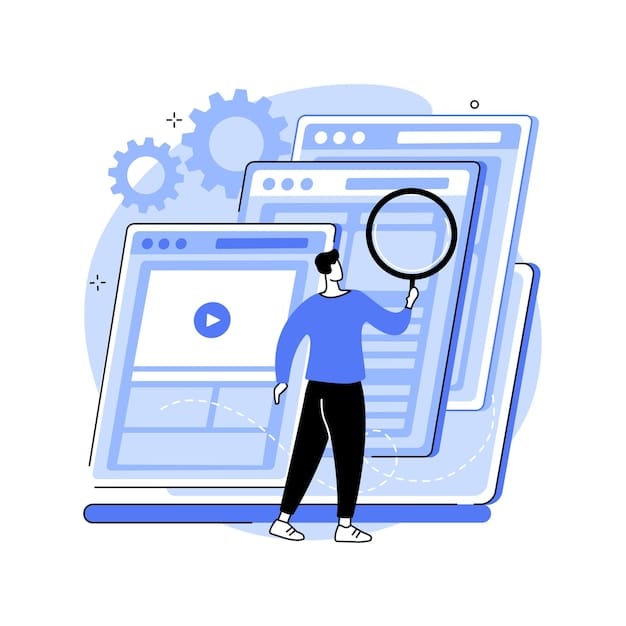
Making a small piece of code or developing a game is an excellent idea if one is a beginner. Such an approach allows beginners to see how certain principles of programming for 12 year olds apply in live settings, hence putting otherwise theoretical concepts into context. Even better, with languages such as Scratch or Blockly, it is much simpler and closer to an interactive tutorial, making them great for learning computer coding. By starting with these platforms, beginners can learn the coding basics while enjoying the process. This is often considered the best way to learn coding, as it is engaging and easy to follow. Here's how you can get started:
✔️ Choose a Visual Programming Language
Start with simple-to-understand languages such as Scratch and block-based languages like Blockly, which will be discussed in the later part of the blog.
✔️ Start Simple
First, it would be more logical to create a simple project, for instance, a character moving across the screen or a quiz game, through which the child can be introduced to some of the basics of programming like variables, loops, and conditionals among others.
✔️ Gradually Increase Complexity
Once you get familiar with them add-ons such as scoreboards, time limits, and many levels of difficulty in order to try out new things and learn new commands.
✔️ Experiment and Iterate
You should not be afraid of change and should be eager to explore new things. The usage of code practices and functions in different domains allows one to revisit the material and improve problem-solving skills.
✔️ Learn from Examples
They need to examine previous works and change them on the base of the given principles. This may be helpful in giving students a more practical way to look at some of the concepts that may be taught in the class and in programming in general.
Top Resources for Learning to Code
Starting to code has never been easier, all the information is available online. It covers from the self-paced tutorial video to the interactive website, from the coding boot camp to the communities of like-minded individuals. The best tools can provide you with the key for every level of coding – for the novice who knows nothing about it and for the caveman who wants to move on.
What is an overview of popular free coding basics?
Some of the free coding platforms represent web-based environments to present the basics of coding with the help of interesting games. They are tools that employ aspects of visualization or block-based coding for easy understanding and enjoyment by users most of whom are kids or those new to coding.
👍Code. org:
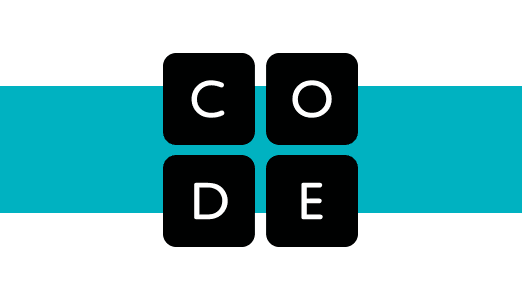
Provides coding classes that are tailor-made for kids.
These are normally attached to IFs and contain real teachable moments in the form of interactive games and tutorials.
Offers materials for teachers and parents to help the children to master coding.
👍 Blockly:

This visual coding tool that is sure to appeal to learners due to its block-based programming capability, which also helps teach coding logic.
It provides a sequence of 34 puzzles and games which gradually use programming concepts.
It supports its users in passing from block-based to text-based coding and uses learning through play as the basis of its functioning.
👍 Other Popular Free Coding Programs:
CodeMonkey: A tutoring environment that is engaging through coding quizzes and puzzles and that teaches actual programming languages like CoffeeScript.

Scratch: Scratch has been designed and developed at MIT and it applies the use of the visual blocks in the process of creating animations, games, and stories, making it ideal for young users.

Python: Even though it is a text-based language, Python is quite easy to learn; thus, it is perfect for children to try out.
Review of top coding apps for kids
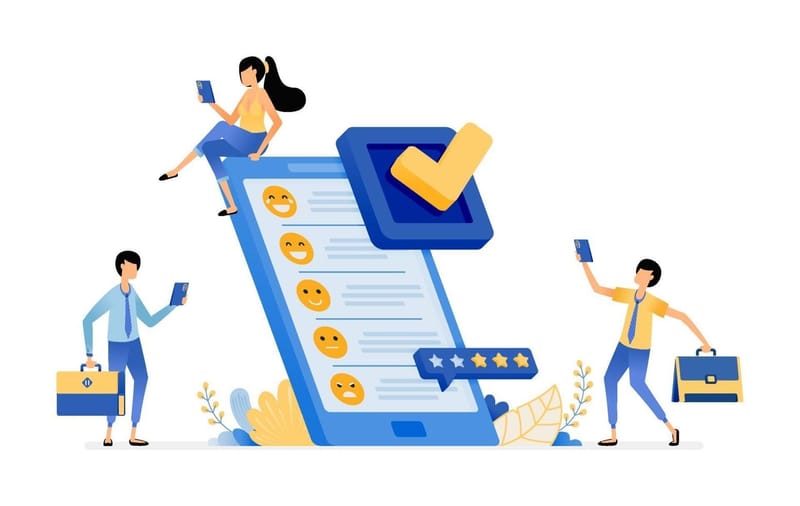
Several computer science and coding programs are available without charge. Youngsters can learn to code entertainingly and using graphics. These platforms are a good basis for entertainingly teaching kids about programming and related concepts.
➡️ Sololearn is an application for learning programming and coding skills containing numerous courses and exercises meant for children and other beginners. This one has a number of options for programming languages, which include, Python, JavaScript, and C++, to mention but a few; it is interactive and community-enhanced to encourage learners. Most children like SoloLearn since it provides them with lessons and quizzes in short simple lessons which are easily understandable.

➡️ Encode is an educational program that concentrates on programming concepts and employs such projects as game development or website development. It is arranged in different lessons and because it aims at teaching those who know little about the whole concept it is good for novices. Due to the fact that the program is practical, the learner is in a position to practice what he or she has been taught and this aids in enhancing the learning process.
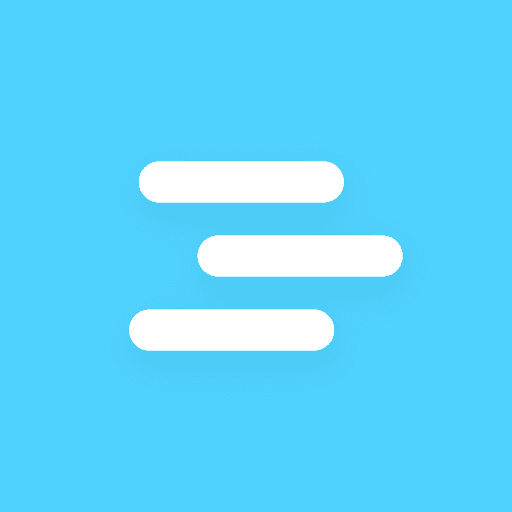
➡️ Other coding applications you may find interesting are Mimo – it includes coding lessons for kids and puts a strong stress on real projects;

➡️ CodeCombat – It is a gaming application that teaches kids coding since they have to write the code to control characters and solve missions.

➡️ Hopscotch – a programming platform that enables kids to build games and applications using blocks. It is interactive and enhanced to encourage children as it provides them with lessons and quizzes in short simple lessons.

These applications allow children to approach coding in different perspectives enabling them to learn in an easy manner as well as enjoy the whole process.
Joining Coding Communities and Classes
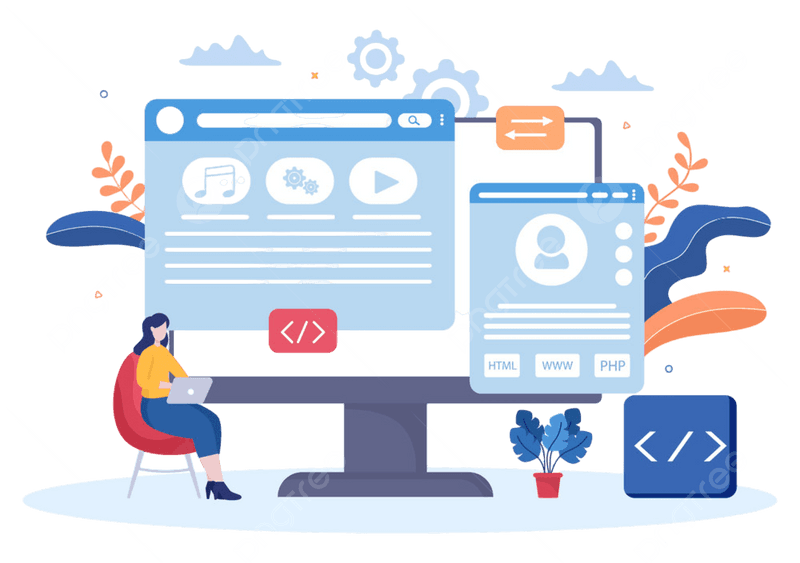
Being in code-focused communities and attending computer programming lessons would expose young minds to valuable lessons from experts in the field as well as their colleagues. Accordingly, such platforms create an excellent breeding ground for their development while equipping them with the necessary apparatus that could transform their coding capabilities exponentially.
Perks of Joining a Code Class/Community

Offers children the chance to be taught by professional instructors and socialize with their friends.
Provide a safe space for kids to ask questions and receive guidance
Links to helpful information and tools that allow users to write better code.
Popular Coding Classes and Communities for Kids
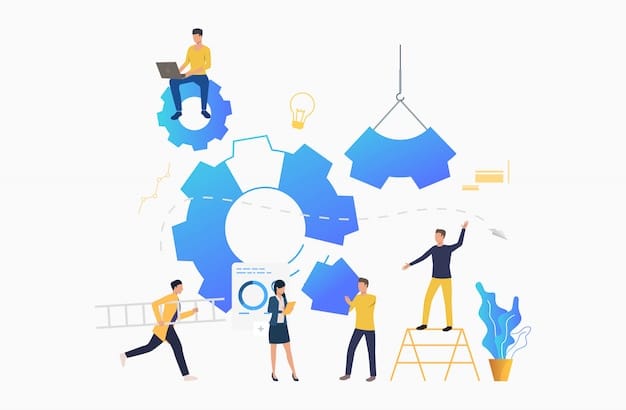
CodeWizardsHQ - An Online Coding School for Kids with Live Instruction & Interactive Experience
CodeMonkey - A play-based coding platform offering live classes and interactive games to teach programming.
Code.org, Scratch & Python - All 3 of these give coding lessons with community support.
How to use these resources in the best way possible
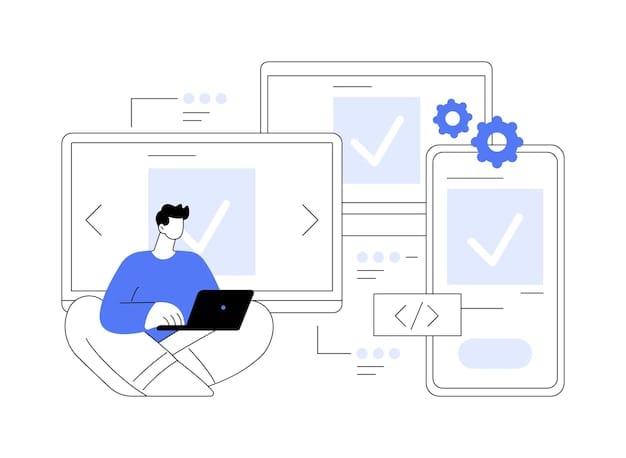
Foster a culture where children feel able to question and seek help when they face difficulties.
Give children ways to work on practical projects that will allow them to use their coding knowledge in a real-world setting.
Spark Collaboration- Help kids to work with others and show their coding projects to the people.
Overcoming Common Coding Challenges
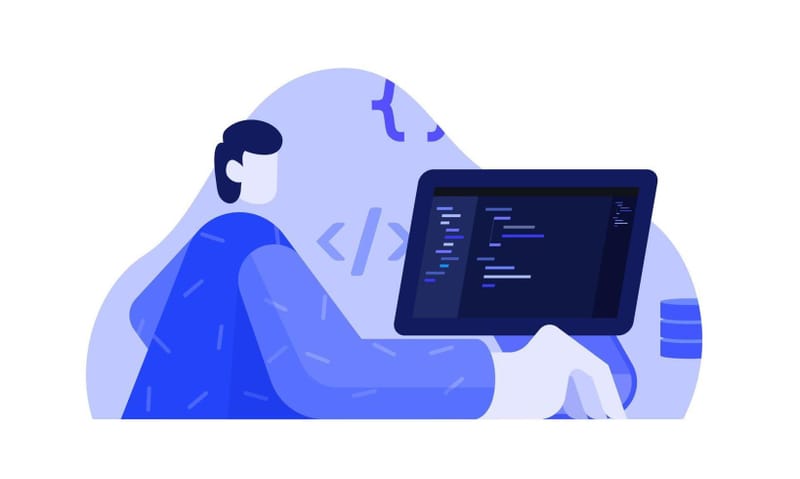
One of the most important parts when it comes to learning how to program is that you must learn and challenge yourself with code. Using good debugging skills and having perseverance will make it easier for kids to explore the obstacles, and solve them. By utilizing the appropriate strategies and encouragement, kids have an opportunity to become resilient while making headway along their coding journey.
What are the strategies for debugging and troubleshooting code?
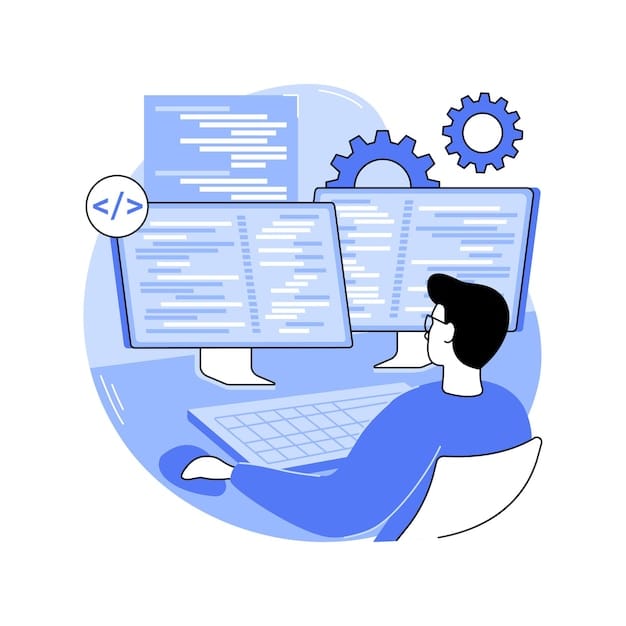
✅ A handy way to find and understand errors in your code is using print statements or a debugger.
✅Divide and conquer; take the complex problem, and split it up into simpler chunks for easier troubleshooting.
✅ Establish an environment where students can question and ask for help when they need it.
Tips for staying motivated and overcoming frustrations

✅Present application opportunities to solve something tangible with code by working on a real-world project.
✅Promote teamwork by having your students collaborate and share their projects with fellow student builders. Support is also available to
Conclusion
To sum up, computer programming for 12-year-olds is about learning the coding basics and tackling common challenges that can be resolved through effective methodologies. Kids need to take breaks, work on real projects, and collaborate with their peers to maintain their motivation. With time and quality resources, students can transform their coding struggles into valuable opportunities for growth.
At CodeYoung, kids can combine their love for gaming and toys with computer coding skills. CodeYoung offers a range of courses in coding which are globally recognized stem-accredited programs that are carefully curated and customized according to age groups.

Programming For 12-year-Olds - FAQs
Can a 12-year-old learn to program?
Well… yes, a 12-year-old kid can Study Programming!!!
Visual languages such as Scratch or Blockly are a good place to start, they essentially allow you to drag and drop blocks of code together which helps teach the concepts. When they get better, then Python - it's very newbie-friendly.
What programming language should a 12-year-old learn?
Visual Language based on Block-Based Coding (by MIT): Scratch — The Best Language to Start with for Beginners. It teaches kids the basic concepts of programming by allowing them to create games and animations.
Python: Python is a text-based language known for its simple, readable syntax and generally serves as an excellent introductory coding language. It is very popular in the education field and serves as a comfortable next step from visual programming.
Both frameworks having a large user and educational base provide good starting points to make learning fun, engaging, and effective.
What are the 5 Steps to Get Your 12-Year-Old Started with Coding?
Use visual programming languages that introduce basic concepts with the use of drag-and-drop blocks for 12-year-olds like Scratch and Blockly.
Recommend practical projects such as designing games or animations to implement what they learn and make it fun.
Add interactive challenges and games to make learning engaging.
Give frequent feedback and encourage ways in which the person can toot his/her own horn!
Become involved in local coding communities or clubs to lean on your peers for support and learning.
Is 13 too late to start coding?
Of course not — it is never too late to start coding! A lot of people even started coding in their teens and ended up becoming a very good programmer. Starting from the age of 13, you can explore beginner-level programming resources and interactive projects to join coding clubs or online communities for any help.
What are the top 5 Coding Languages to Learn as a 12-Year-Old
The 5 best coding languages for 12-year-olds to get started are :
1. Scratch
2. Python
3. Blockly
4. JavaScript
5. Lua (with Roblox Studio)